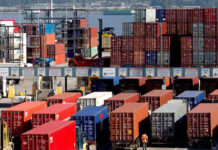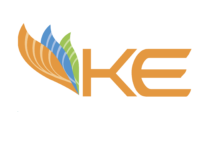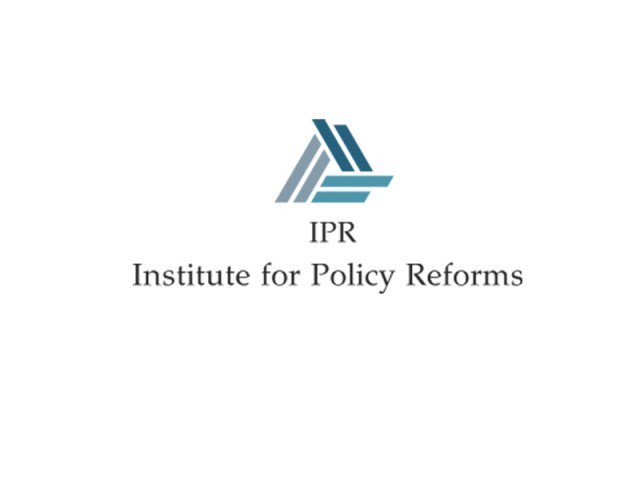ISLAMABAD: The Institute for Policy Reforms (IPR) on Friday observed that while the economy’s real sector is buoyant, its fundamentals are “still very weak” and are likely to affect the growth rate.
Commenting on the Economic Survey of Pakistan, the IPR said in its report that some of the positive indicators reflected in the economy include an improved GDP growth rate at 5.8 per cent, moderate inflation at 4 per cent, and a thriving consumer demand.
“These indicators, while reflecting some of the more effective policies implemented by the government, are overshadowed by the negative macroeconomic indicators such as a high budget deficit, a soaring current account deficit, depleting foreign exchange reserves, and unmanageable indebtedness.”
Another issue that has since long been damaging the economy is the lack of revenue collected by the government. However, since 2015, government revenue has increased by double digits each year. During this period, the performance by the Federal Board of Revenue (FBR) has helped the budget deficit.
The Economic Survey this year bases its estimates for the fiscal year on mostly six months actuals, unlike the past when it was based on nine months July-March actuals. Some of the information in the document lacks clarity, says IPR, in its report on the economic survey.
Recovery in manufacturing and agricultural production underpinned economic growth of 5.8 per cent, marginally shy of the target of 6 per cent. The manufacturing sector grew by 6.2 per cent short of its 7.3 per cent target, but higher than last year. Agriculture growth of 3.8 per cent was higher than the target of 3.5 per cent. However, fiscal deficit will far exceed its target of 4.1 per cent. The deficit would likely be between 5.5 per cent and 5.8 per cent of GDP.
The Economic Survey estimates that it will be within 5 per cent. Such a major difference between estimates and actuals puts to question the rigour with which government makes the budget. Whatever the final deficit number, it is understated by over Rs900 billions of circular debt.
The deficit would be acceptable if the excess expenditure induced economic growth. Data for July-December FY 18 shows 58 per cent of total expenditure (current and development) was spent on interest payment and defense. Expenditure on defence is much needed because of Pakistan’s special security needs. However, it does not contribute directly to economic growth. So far, just 13 per cent of federal spending in FY 18 was on development. In times of fiscal constraints, development is the first head to be cut.
The financial year 2018 has the worst external account indicators from the last ten years. As of March 2018, the nine-month current account deficit is 5 per cent of GDP against a target of 2.6 per cent of GDP. It is 50 per cent higher than for the same period last year. While exports have grown, imports have grown at an even higher rate, leaving an unprecedented trade gap of $27 billion for July-March 2017-18. Exports have mostly grown because of fiscal incentives and adjustment in Rupee value. Sustained growth of export is constrained by issues of competitiveness and productivity.

























